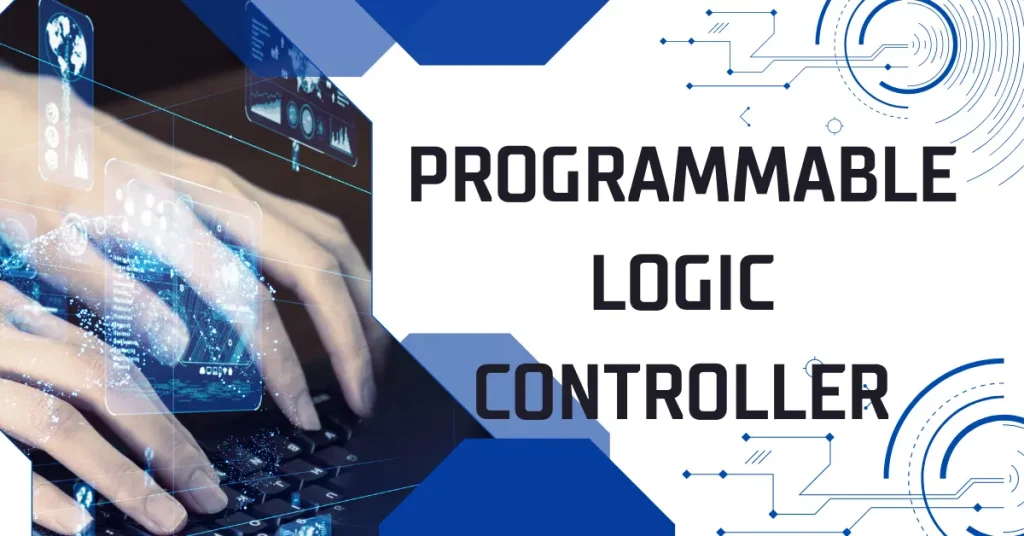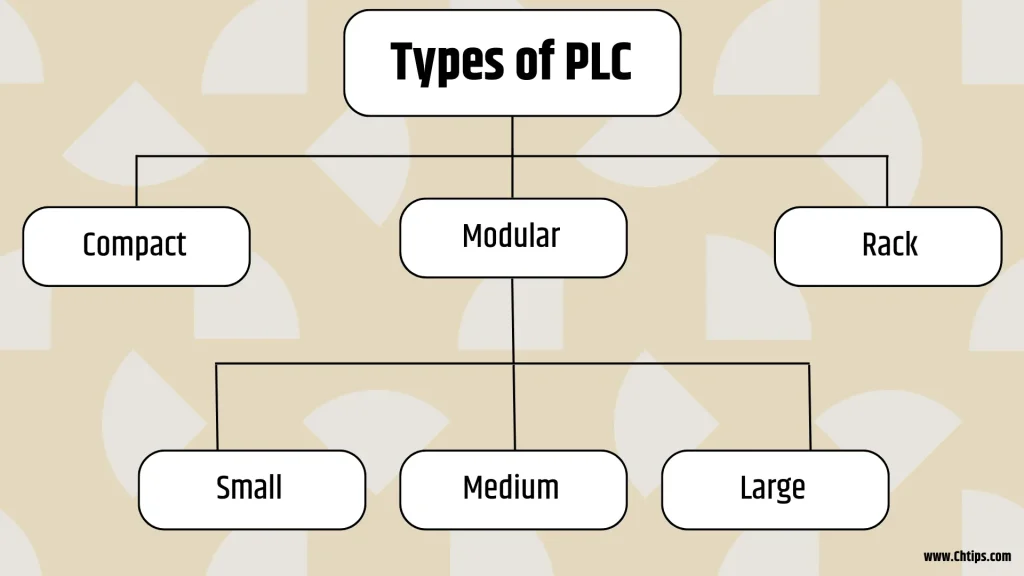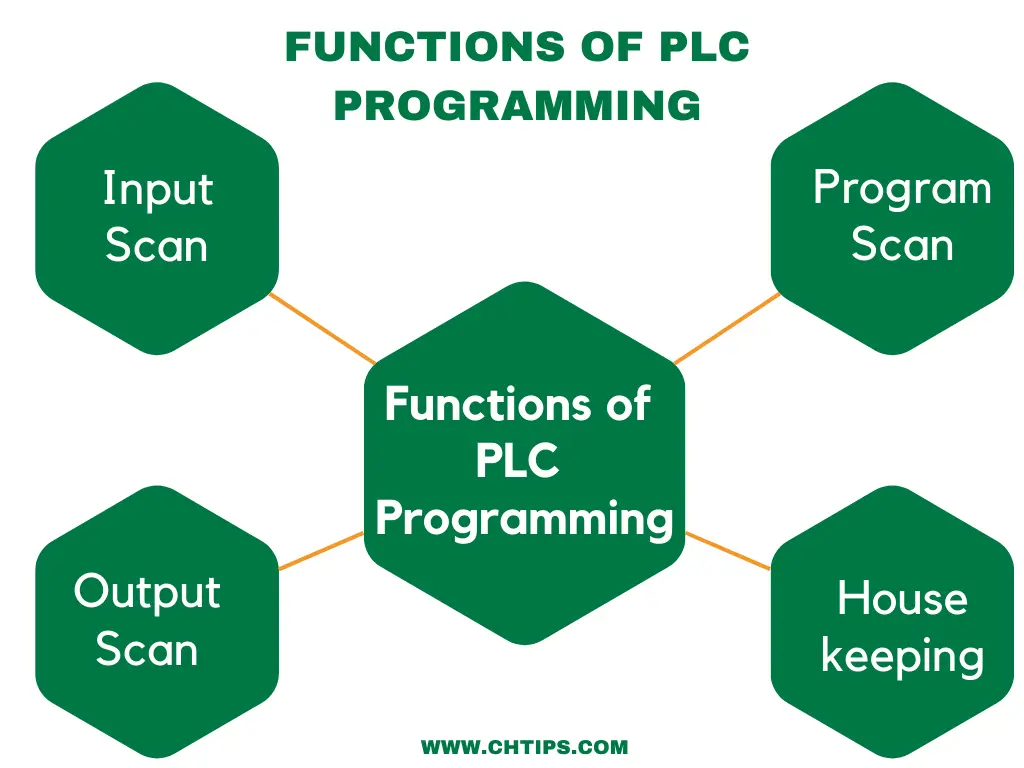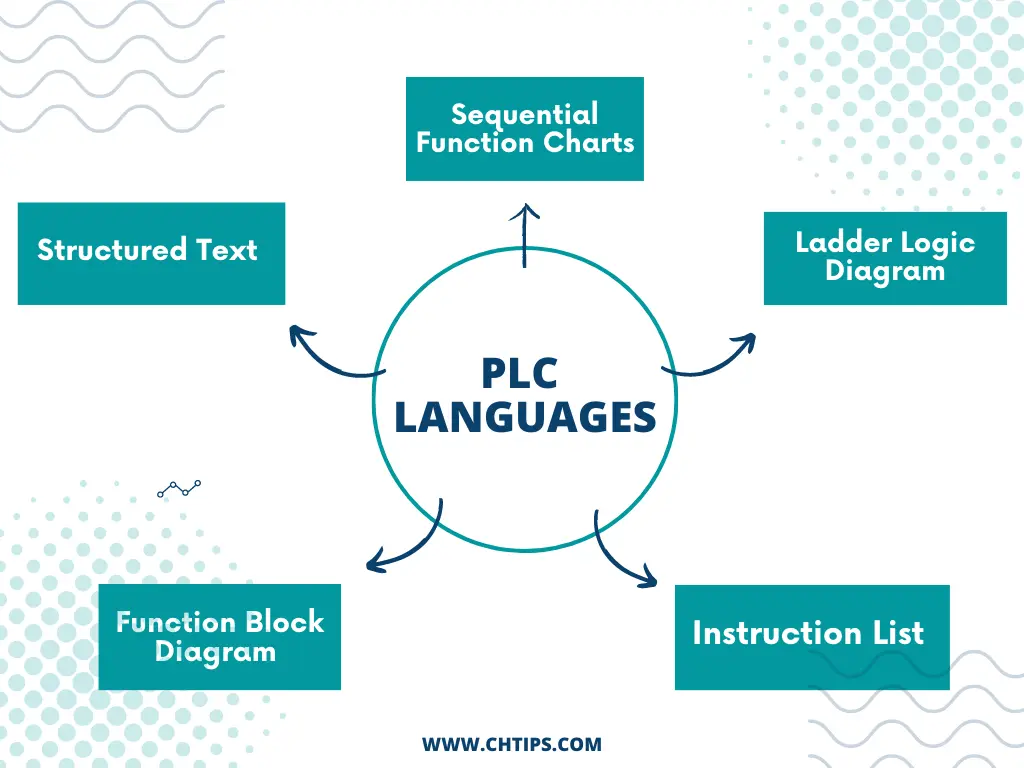It is a type of industrial computer used and utilized for automation for production.
PLC computers are different from personal computers, also called programmable controllers. They can follow commands and instructions with speed and efficiency.
The PLC is commonly utilized in manufacturing companies, outlets, and small setups where the machine is used for manufacturing goods.
What is PLC Programming [Programmable Logic Controller]
PLC stands for Programmable Logic Controller.
The PLC is a program designed and developed with logical statements that coordinate and control machines’ working styles.
Programmers very intelligently write these programs to derive specific and unique results.
PLCs are like computers; they do not have hard disk drives for data and information storage.

PLC programming is a style of writing programmable code that defines how your devices and machine will function and presents the Output necessary for planned operations.
PLC controllers are used in industrial automation. They are digital controllers programmed in such a way as to control machines and their handling.
PLC is a complex process; once done and programmed correctly can derive excellent results.
The Main Parts of a PLC
- Processing Unit [CPU] that reads and processes the input to derive valuable results.
- Power Supply used and utilized for electric supply.
- Input obtained from input devices is stored in a memory unit.
- Input and Output are used for exchanging data and information.
PLCs are well-managed and programmed machines that can run and work on automation without human characteristics like laziness and boredom.
These machines are capable of measuring temperature and humidity and can detect sensors. PLCs can accept data and information from these sensors for further processing and handling.
PLC uses switches, dials, and other physical devices to send signals from one end of the controller board to another.
In contrast, automated PLC programming sends signals without direct physical interaction between the customer and the controller board.
The PLC takes in information from sensing units or buttons, chooses based upon this data, and sends commands to various other gadgets such as motors, relays, or shutoffs.
It does all this with a minimal hold-up to ensure the system runs efficiently and dependably.
What are the 3 Types of PLC?

- Compact.
- Modular. [Small, Medium, Large]
- Rack.
5 Advantages and Disadvantages of PLC Programming [Programmer Logic Controller]
| # | Advantages | Disadvantages |
| 1 | PLC is fast and efficient. | Fixed Circuit. |
| 2 | Bugs and issues can easily be rectified and solved. | Closed-Loop Architecture. |
| 3 | Low Maintenance and reliability. | Vulnerable to humidity and high temperature. |
| 4 | Higher processing and handling power. | You need an extra layer of security. |
| 5 | Compact in size. | Time required to solve issues. |
Functions of PLC Programming
- Input Scan
- Program Scan
- Output Scan
- Housekeeping.

What are the Five Applications of PLC?
- Traffic Signals.
- Electronic Devices.
- Elevators.
- Transportation.
- Power Station.
What are the 5 PLC languages?
The five most famous PLC Programming Languages are mentioned below.
- Structured Text (ST)
- Sequential Function Charts (SFC)
- Ladder Logic Diagram (LD)
- Function Block Diagram (FBD)
- Instruction List (IL)

What are the 4 Main Components of a PLC?
- Central Processing Unit [CPU].
- Power Supply.
- Programming Devices.
- I/O Devices.
Which Programming Language is Used in PLC
- Ladder Logic.
- Function Block Diagram.
- Sequential Function Charts.
- Structured Text.
- Instruction List.
10 Uses of PLC Programming
| # | Uses |
| 1 | Smart Grid System. |
| 2 | Power Generation, Transmission, and Distribution System. |
| 3 | Used and Utilized in Electric Equipment. |
| 4 | Coal Mines. |
| 5 | Traffic Control Signal System. |
| 6 | Elevator Control System. |
| 7 | Chemical industry. |
| 8 | Automobile industry. |
| 9 | Food Processing System. |
| 10 | Oil and Gas Power Plant. |
Full Form of PLC
PLC Stands for Programmable Logic Controller
PLC Companies
- Allen Bradley
- Schneider Electric
- Siemens
- Mitsubishi
- Delta
People Are Also Reading
- Characteristics of Object Oriented Programming Languages
- Advantages and Disadvantages of Low Level Language
- Advantages and Disadvantages of PHP
- Advantages and Disadvantages of Assembly Language
- Why is C++ So Hard to Learn For Beginners
- What are the Importance of C Programming Language
- 10 Advantages and Disadvantages of Machine Language
- What Language is YouTube Written in
- Is Python Written in C
- Structure of HTML Document With Examples
- 10+ Advantages and Disadvantages of High-Level Languages
- Computer Basic Tutorials
Frequently Asked Questions [FAQs] PLC Programming
Which Language is Best for PLC?
Ladder Logic, Structured Text, Function Block Diagrams, Sequential Flow Charts, and Instruction Lists.
What are the 5 Parts of a PLC?
The central processing unit (CPU), a mounting rack, read-only memory (ROM), random access memory (RAM), input/output (I/O) modules, a power supply, and a programming device.
Is PLC Hardware or Software?
Programmable Logic Controllers (PLC) consists of both hardware and software.
Which Processor is Used in PLC?
Octal or Hexagonal Microprocessor.
Which Logic is Used in PLC?
Ladder Logic or “C” is used in Programmable Logic Controllers (PLC) Programming.
Is PLC Difficult to learn?
Yes, Only if you know essential software and hardware functions and features.
Get In Touch
I have also written and compiled some articles on computers and telecommunications, and please go through them.
I hope you will like reading it.
All the questions and queries related to What is PLC [Programmable Logic Controller] with examples and images have been answered here.
If you have questions about the Uses, Types, Advantages, and Disadvantages of PLC.
Don’t hesitate to contact me, and if you need to add, remove or update anything from the article, please let me know in the comment section or via email.
I will be more than happy to update the article. I am always ready to correct myself.
Please share this article with your friends and colleagues; this motivates me to write more on related topics.
!!! Thank You !!!
Comments are closed.